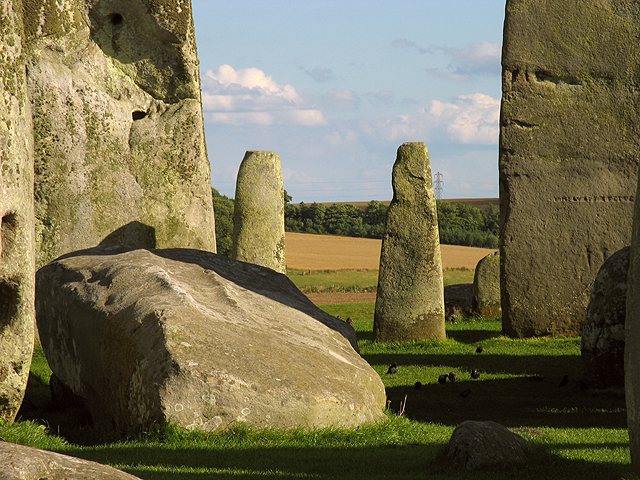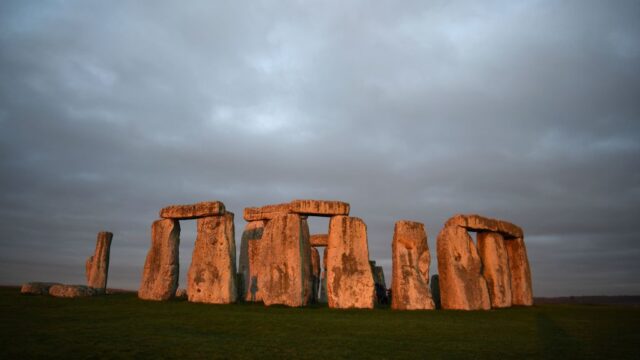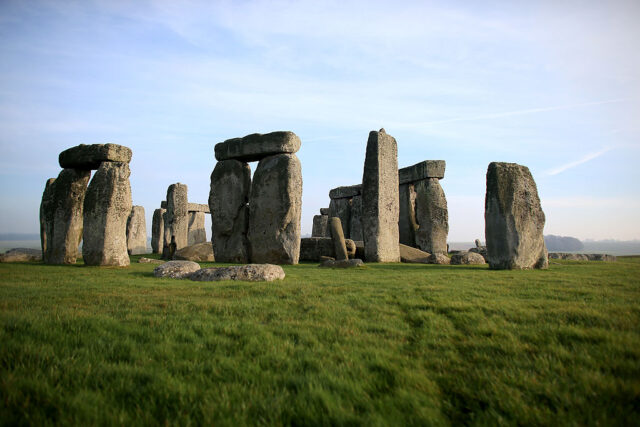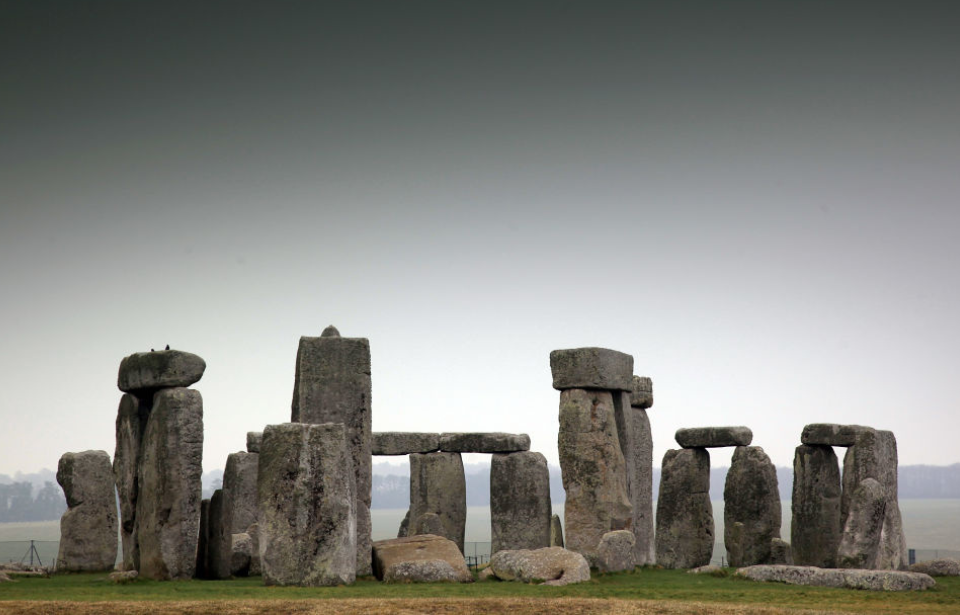Stonehenge is among the most mysterious wonders of the ancient world. Located in Wiltshire, in southern England, the Neolithic structure is believed to have been built in stages between 3,100 and 1,600 BC, it’s purpose, as well as its exact origins, are still a mystery. It appears, however, that one query about the landmark has now been solved: where the famed six-ton Altar Stone came from.
Spoiler, it’s not from Wales.

This history-changing finding was revealed in a study published in the journal Nature, titled “A Scottish provenance for the Altar Stone of Stonehenge.” Co-authored by Anthony J.I. Clarke, Christopher L. Kirkland, Richard E. Bevins, Nick J.G. Pierce, Stijn Glorie and Rob A. Ixer, it concluded that the Altar Stone isn’t actually from Wales, as was previously thought. It came from much farther: Scotland.
The discovery stunned the research team, who concluded that the Neolithic peoples who erected Stonehenge had to have moved the large “bluestone” at least 466 miles.

How did the team come to this conclusion? Through an analysis of rock fragments that had fallen off of the Altar Stone. By taking a look at their chemical composition, they were able to not only date the mass, but identify its make-up. It was through this work that they were able to discern something unexpected.
“When you take this profile – this fingerprint, in a way, of the rock, we can forensically compare it to potential source areas all over the UK,” Clarke told NPR. “And when we did that … it was strikingly similar to Orcadian Basin sedimentary rocks.”
He added, “When we first got the first kind of batch of data, I looked at it and I said, ‘There’s no way that this can be so distinctly Scottish.’ So we did more analysis … and time and time again, it was just so distinctly not from southern Britain, and it pointed towards in coming from this Orcadian Basin. It’s just remarkable.”

It’s believed that the Altar Stone was moved from what today is Inverness, but it could have originated from as far as the Orkney Islands. While how it was brought south is unknown, it’s possible that marine transport could have been used, given the possible origin sites are close to the coast.
A type of sedimentary rock known as old red sandstone, the Altar Stone was long thought to have originated from Wales, given other “bluestones” at Stonehenge were found in 1923 to have been quarried in Pembrokeshire’s Preseli Hills.
“These findings will have huge ramifications for understanding communities in Neolithic times, their levels of connectivity and their transport systems,” Ixer told the BBC. He reiterated this in an interview with The Guardian, saying the discovery “doesn’t just alter what we think about Stonehenge, it alters what we think about the whole of the late Neolithic.”
Continuing to speak with the latter, the honorary senior research fellow at University College London added, “It completely rewrites the relationships between the Neolithic populations of the whole of the British Isles. The science is beautiful and it’s remarkable, and it’s going to be discussed for decades to come … It is jaw-dropping.”

More from us: ‘Stonehenge’ Discovery Made in Lake Michigan Predates the UK Monument by Nearly 5,000 Years
Want to become a trivia master? Sign up for our Today In History newsletter!
The team involved in the new study are associated with University College London, the University of Adelaide, Curtin University and Aberystwyth University.
